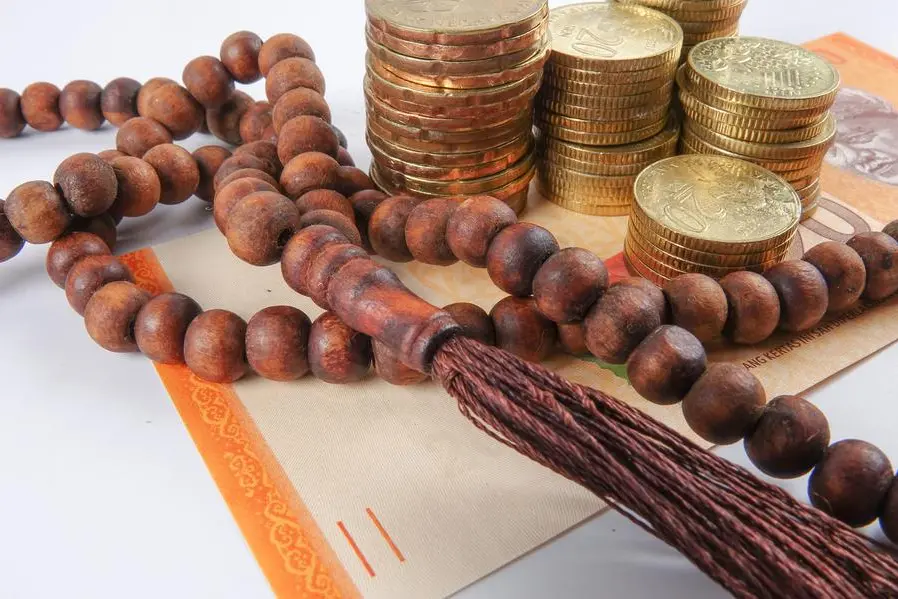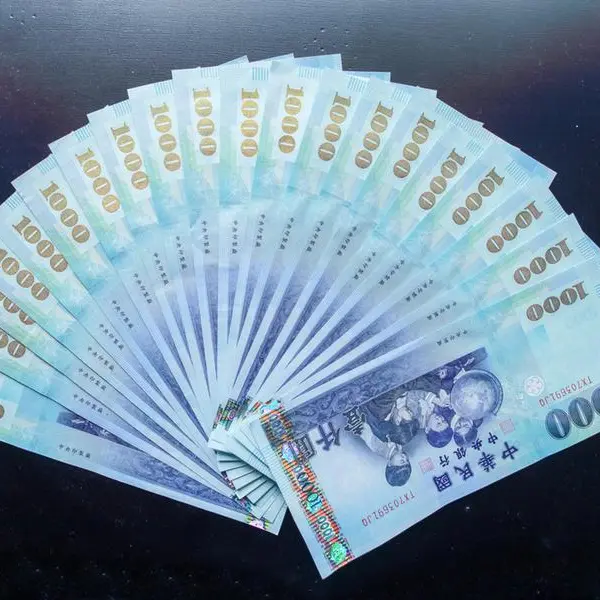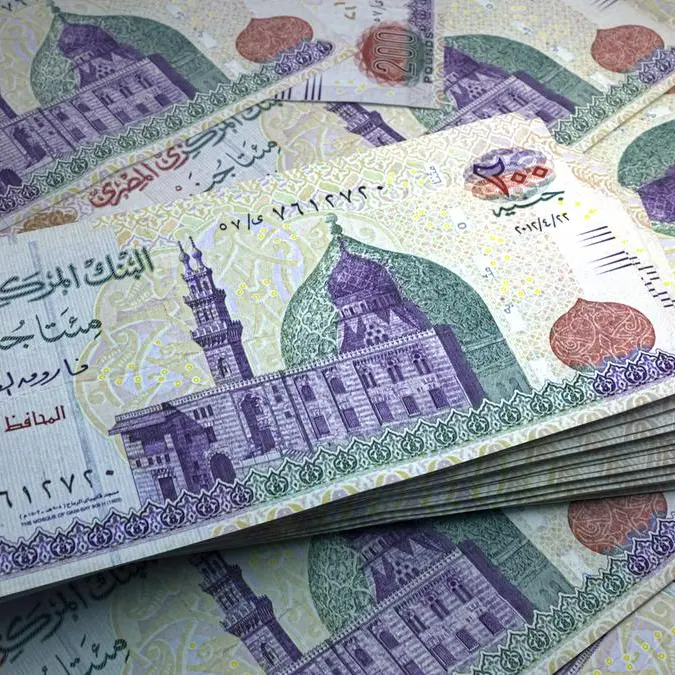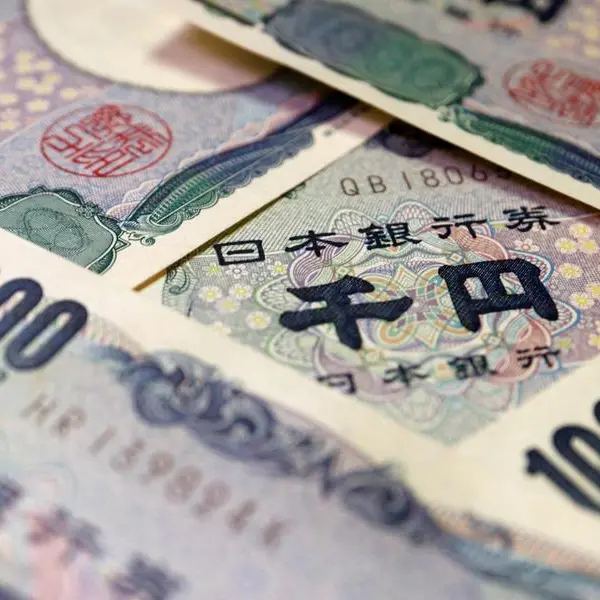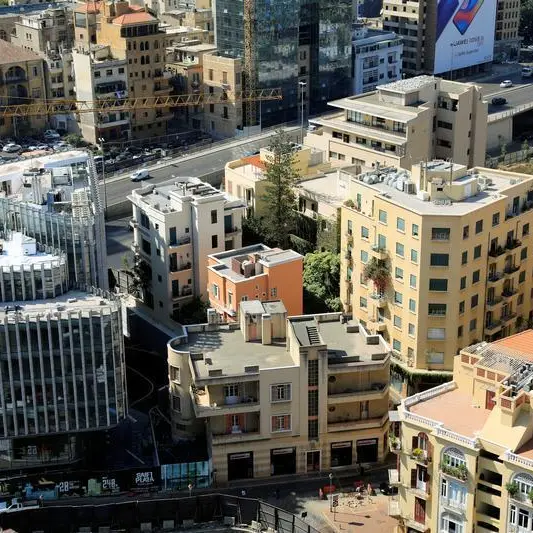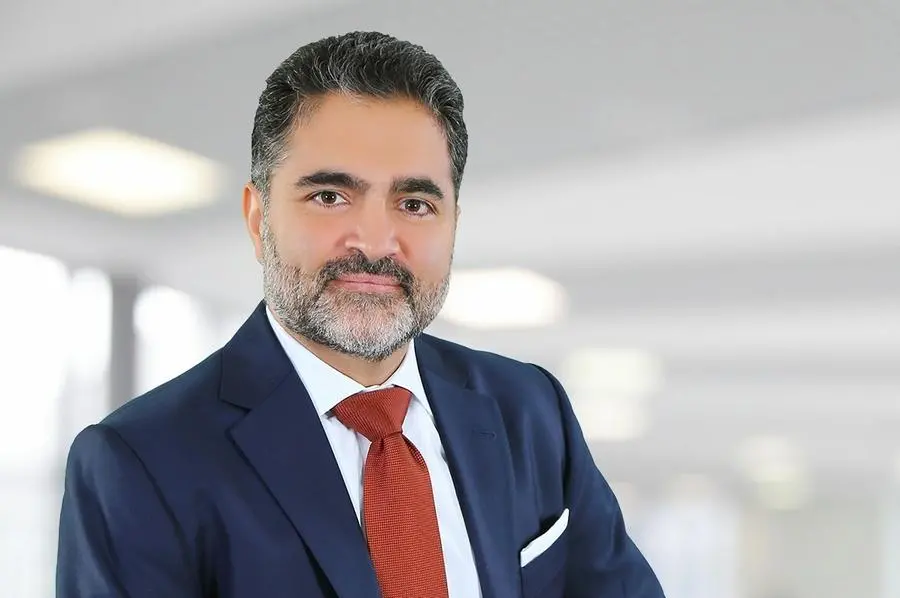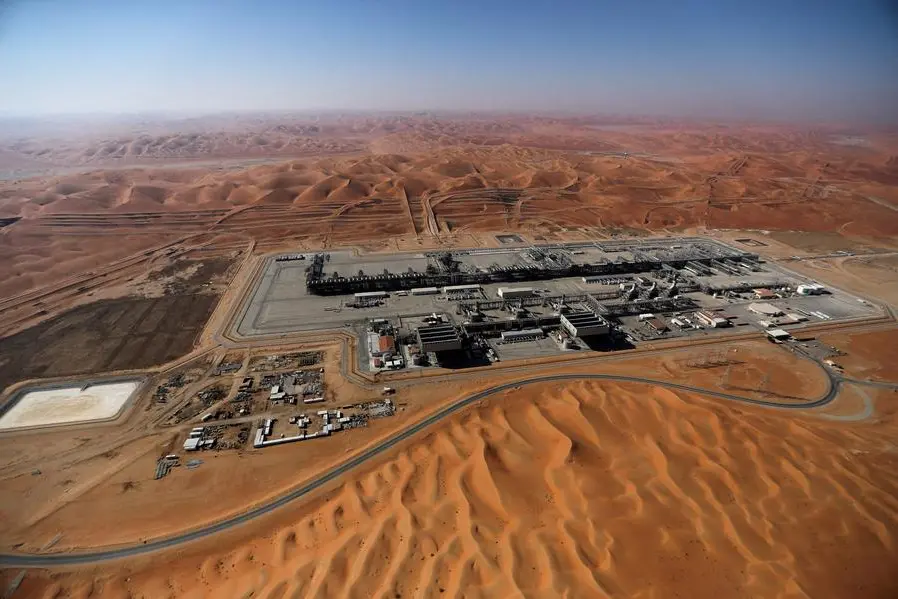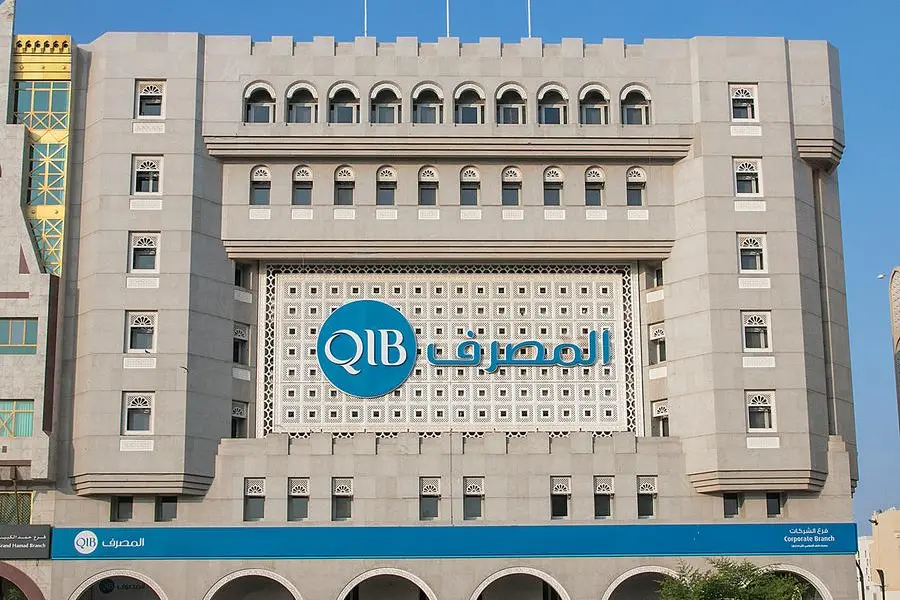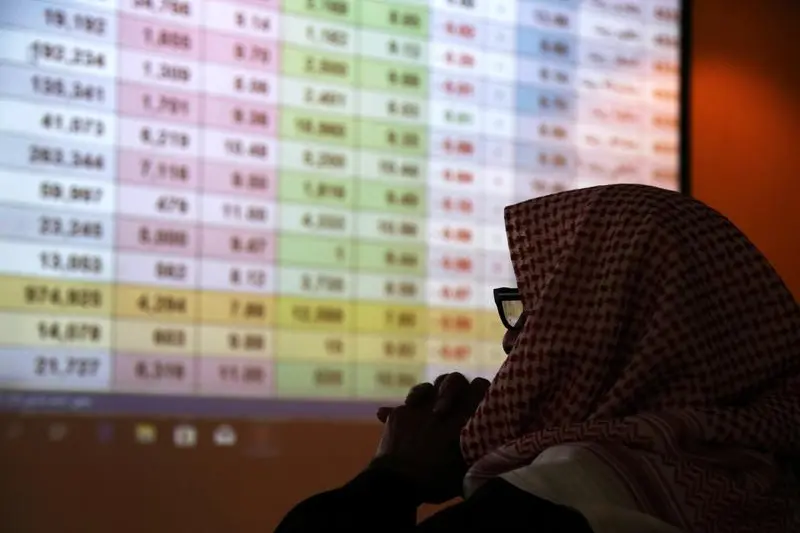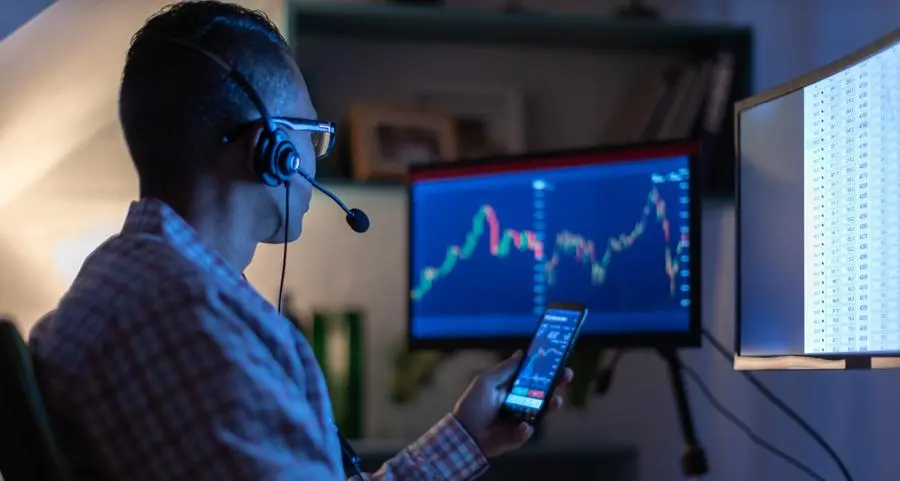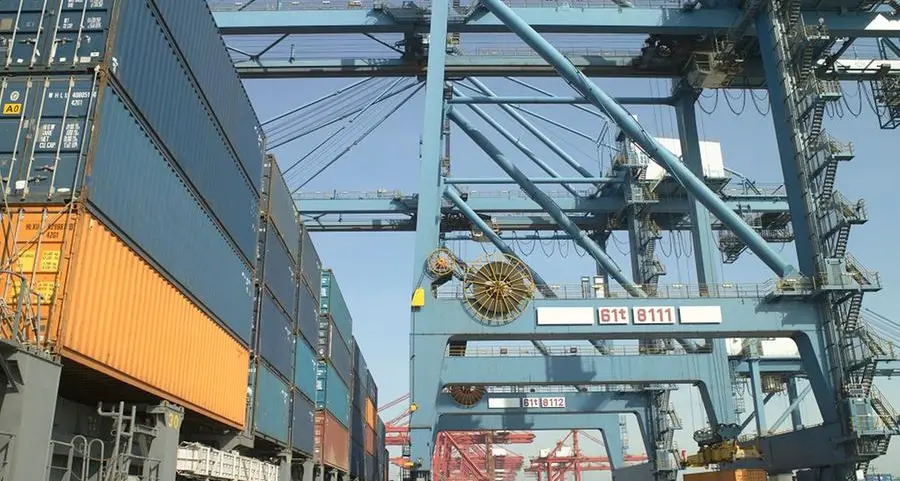PHOTO
In the GCC, Saudi Arabia has been the only market ahead of the curve, having established its Saudi Riyal Local Sukuk Program in 2017. Image used for illustrative purpose. Getty Images
The local currency debt market in the Middle East is expected to gain traction through large sovereign issuances this year, with Qatar and Kuwait emerging as important players.
“I think local currencies are seeing an uptick in issuances, and a lot of it is being driven by the respective sovereigns and governments within the Middle East wanting to promote their local markets,” said Ali Taufeeq, Head of Sukuk MENAT, HSBC Bank Middle East. “Southeast Asia obviously has been quite ahead in this game, starting from developing their local currency bond and sukuk market since the Asian financial crisis in 1997.”
According to Taufeeq, in the GCC, Saudi Arabia has been the only market ahead of the curve, having established its Saudi Riyal Local Sukuk Program in 2017, “but now we are seeing some of the other countries put a bit more emphasis on this as they develop domestic markets,” citing UAE’s Islamic T-Sukuk issuance programme launched in 2023.
A reversal in trend is now visible, say experts, following a year that saw local currency sukuk issuances decline by 14.6% year-on-year globally due to tightening fiscal policies in several key markets in 2024, according to S&P Global. The largest drop in local-currency issuance was in Malaysia, where government issuance decreased because of a smaller fiscal deficit due to the reduction of subsidies. Liquidity constraints also emerged as a key hurdle for markets such as Pakistan and Türkiye, while Indonesia’s sovereign sukuk volume fell amid fiscal adjustments.
Saudi was the only market that bucked this trend, which reported an increase in local currency sukuk issuances, particularly through large sovereign and retail offerings, just shy of $25 billion in 2024, and up from an estimated $18 billion in 2023.
According to LSEG’s MENA Investment Banking report 2024, December’s Saudi Awwal Bank $1.06 billion Saudi riyal issuance was the biggest local currency sukuk last year.
GCC market
According to Taufeeq, over the last two years, the UAE has been taking a more active role with the federal government developing its local currency sukuk issuance programme to help diversify funding sources and minimise dependency on the foreign capital markets.
The 2023 launch of the dirham-denominated Islamic Treasury Sukuk (T-Sukuk), with a benchmark auction size of AED1.1 billion ($299 million) was a step by the UAE to expand its investor base for local currency and help reduce exposure to rollover and foreign exchange fluctuation risks.
“In the UAE, in particular, we have seen several new issuers, the likes of Mubadala, Emirates Islamic Bank, First Abu Dhabi Bank, and we have seen the regulators really encourage them to go out and build this market, so that they are not only reliant on hard currency borrowing,” Taufeeq said. “They are trying to develop a curve, and I think we are seeing that in the likes of Qatar and Kuwait as well.”
According to Akber Khan, acting CEO of Al Rayan Investment, a subsidiary of the Qatar-based Islamic bank Masraf Al Rayan, the local currency debt market in Qatar is also expected to gain traction this year with more banks stepping into the game.
“The banks are well capitalised right now, but both sovereigns and corporates may well reach out to the debt markets if a lower oil price environment comes back,” said Khan, alluding to the volatility in wake of US President Donald Trump’s tariff declaration on April 2, which is now on a 90-day pause for tariffs over the baseline, universal rate of 10%, following a late-night announcement on Wednesday, excluding China.
While Saudi and the UAE have been active players in the local currency debt market, Khan called Qatar “hesitant” in stepping up because it “needs the additional resources a lot less,” while hinting the sovereign state could see a few issuances before the end of 2025.
In 2023, the Doha-based Estithmar Holding issued a 500 million Qatari riyal ($137 million) sukuk, becoming the first corporate local currency-denominated sukuk in the country. The issuance was the first tranche of a QAR 3.4 billion sukuk programme, listed on the London Stock Exchange’s international securities market.
Emergence of Kuwait
For investors in the region, Kuwait is now an area of focus, especially in the local currency market, following changes in its debt law, approved last month, which allows the government to borrow up to $99 billion over a period of 50 years to fund budget deficits and infrastructure projects beyond withdrawal from the Gulf state’s financial reserves abroad.
“Kuwait is definitely an interesting market over the course of this year with a lot of changes happening. There’s a new debt law in Kuwait; there’s hundreds of billions of dollars of catch-up expenditure and CAPEX to be done across every sector of the economy. The banks are well capitalised, but both the sovereign and other corporates may well reach out to debt markets to help in that process. I think Kuwait will be something that people will focus on,” said Khan, especially as infrastructure needs rise in the country.
According to Mohamad Safri Shahul Hamid, CEO of the International Islamic Liquidity Management Corporation (IILM), a governing body established by central banks to facilitate cross-border liquidity, developments in the GCC will give a boost to the local sukuk market this year.
“In terms of the promotion of local currency sukuks, countries such as Qatar and Kuwait will set the tone for the growth of the sukuk market this year. We are expecting between $190 billion to $200 billion of new sukuk to be issued this year and 35% of that is going to be due to sukuk which are maturing. But there will be some new sukuk issuances this year, and a lot of this will also be due to the growth of the local currency market in these respective countries, especially in in traditional markets such as Malaysia, and in new markets, including Qatar and Kuwait,” said Safri.
According to Khan, the local currency issuance market can only grow given that the discussions are starting to happen globally about the place of the US dollar as a global currency.
“I don’t think it is going anywhere for a long, long time, but it is nice to start having some alternatives in the form of local currencies, and the nice thing about that in our part of the world is we are all pegged to the dollar. So, from an international investors’ perspective, we are not going to get that same currency volatility that they will have in the rest of the world. So that’s obviously a positive.”
(Reporting by Bindu Rai, editing by Seban Scaria)
